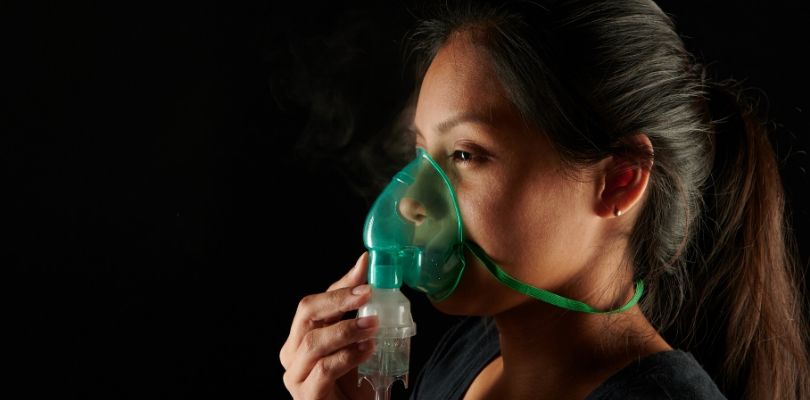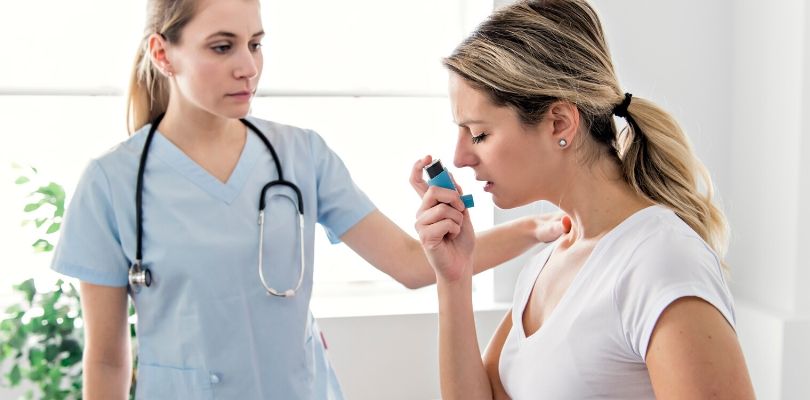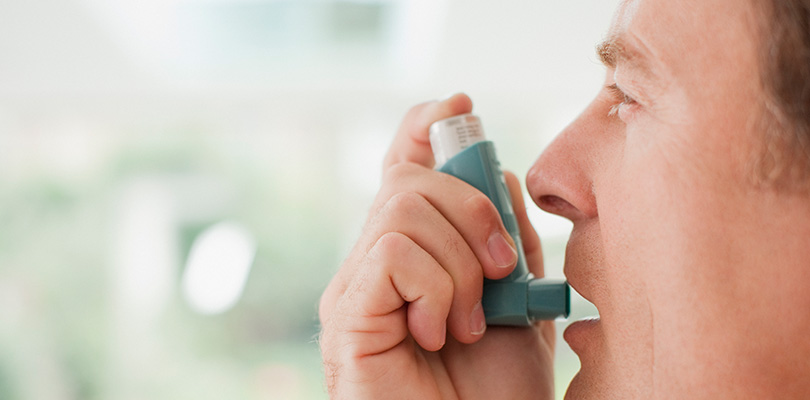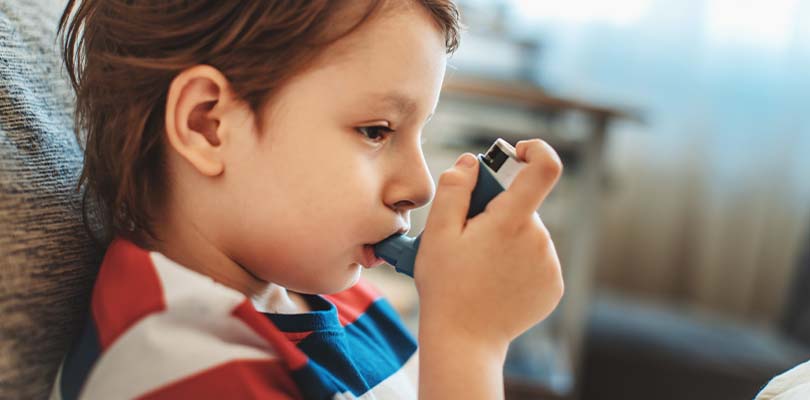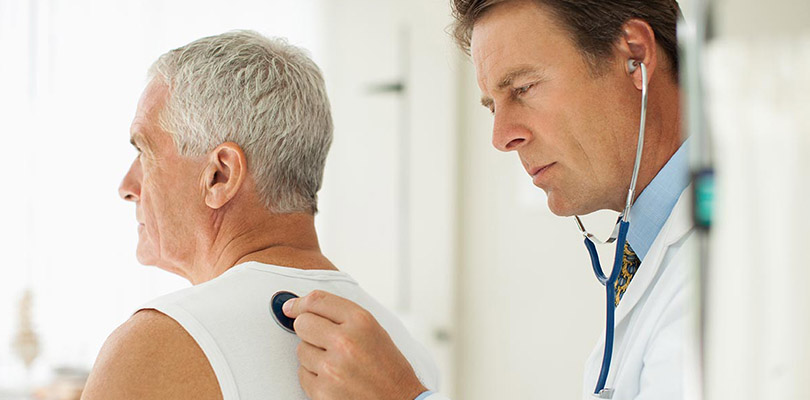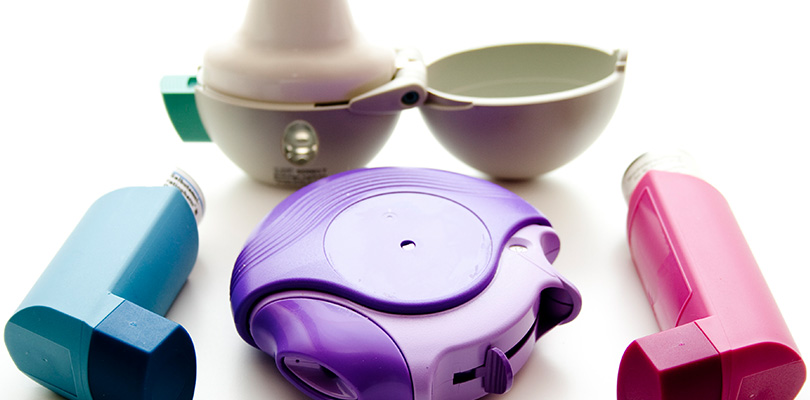Learning About Oxygen Therapy for COPD
Chronic obstructive pulmonary disease (COPD), is a long-term lung disease that makes it difficult to breathe because the small air sacs in the lungs have become damaged. According to the American Lung Association, cigarette smoking is one of the main causes of COPD, but oxygen therapy for COPD is known to help with symptoms.
Gas exchange, including exhaling carbon dioxide and inhaling oxygen, occurs in the air sacs. But the damage to the air sacs can interfere with proper gas exchange and lead to low oxygen levels in the body.
Symptoms of COPD often include:
- Wheezing
- Shortness of breath
- Chest tightness
- Fatigue
- Coughing
What is Oxygen Therapy for COPD?
Some people with COPD develop low oxygen levels, which can make symptoms worse. Oxygen therapy may help.
We intake oxygen with every breath. The air we breathe contains different gases, including 21% oxygen. Without oxygen, we could not survive. But because of the damage to the air sacs, people who have COPD may require more oxygen than what is in the air.
Oxygen therapy involves breathing in supplemental or extra oxygen. Using supplemental oxygen can increase the oxygen level in the blood and may improve some symptoms of COPD, such as breathlessness.
How Can Oxygen Treatment for COPD Help?
Oxygen therapy for COPD may help in several ways, including the following.
Improve Blood Oxygen Levels
Oxygen therapy will raise oxygen levels in the body, which can improve fatigue. As fatigue is reduced, a person may exercise more and become increasingly active, which also has health benefits.
Decrease Shortness of Breath
In some cases, low oxygen levels contribute to breathlessness. By increasing oxygen levels, it may reduce shortness of breath.
Improve Quality of Life
Less fatigue and shortness of breath can lead to an overall improvement in a person’s level of functioning, including activities of daily living.
When is Oxygen Therapy Needed?
Not everyone who has COPD requires oxygen therapy. The use of oxygen often depends on oxygen levels in the blood.
One noninvasive way to measure oxygen levels is through pulse oximetry. This involves placing a small device on the finger, which uses light to measure the percentage of oxygen in the blood. It is not as precise as a blood test, but it provides a fast and easy way to measure oxygen levels.
According to the Mayo Clinic, a normal oxygen level is between 95% to 100%. People who have COPD get used to a lower oxygen level and their body adjusts, but only to a point.
According to the Global Initiative for Chronic Obstructive Lung Disease, which develops treatment protocols for COPD, oxygen levels under 88% often require oxygen therapy.
COPD flare-ups are frightening and uncomfortable, but their effects stretch far beyond the attack itself. Here are some tips for how to manage them.
People with COPD who have low oxygen levels may develop symptoms, such as:
- Increased shortness of breath
- Rapid breathing
- Waking up at night gasping for air
- Decreased exercise tolerance
- Confusion (if levels become too low)
Individuals who have significantly low oxygen levels also need oxygen therapy. Not only will oxygen improve their ability to function, but it may play a role in extending their life. For example, research published in the journal of Respiratory Care indicates that people with COPD who have severely low oxygen levels at rest may improve their survival by using long-term oxygen therapy.
Understanding the Use of Oxygen
Oxygen can be used at home if it is prescribed by a doctor. Depending on your health insurance provider, you might need to meet certain requirements to qualify for home oxygen use. Once you qualify for home oxygen use, your doctor will write the prescription. Your prescription for oxygen will likely include some of these things.
Liter Flow per Minute
Different devices can deliver different liters of oxygen per minute. For example, you may be prescribed two liters per minute, which means you turn your oxygen delivery device to two.
Frequency of Use
Some people require oxygen all the time. Other people may need oxygen only at night when they sleep or during exercise. For others, they only use oxygen when they feel symptomatic, such as shortness of breath.
If you use oxygen in the hospital, it is delivered through the system piped into the walls or through oxygen tanks. But there are also systems intended for home use. The best device for you may depend on the liter flow you need, your activity levels and how often you require oxygen.
Oxygen Therapy Devices
Now that you have learned about how oxygen therapy works; we are now going to cover the different types of devices that people can use to receive oxygen.
Oxygen Concentrators
Oxygen concentrators are often used for home oxygen therapy. Concentrators produce oxygen by pulling in room air. The air goes into the device and through a filtration system where it is compressed. Other gases from the air, such as nitrogen, are removed and medical-grade oxygen is delivered through the device. Concentrators require either electricity or a battery to work.
The devices can deliver oxygen flows between one to 10 liters per minute. Different types of concentrators are available. Many devices are about 35 pounds and are kept stationary, instead of carried. The devices allow a person to connect oxygen tubing up to 100 feet to the concentrator, which helps someone move around their home.
Portable Oxygen Concentrators
Portable oxygen concentrators are also available and weigh anywhere from about five pounds to 10 pounds. They are battery operated. The amount of time they last depends on the battery life of the device. Carrying extra batteries is helpful.
Oxygen Cylinders
Oxygen cylinders are also an option for home oxygen therapy. They do not require a battery or electricity. But they can be heavy. Small cylinders are also an option.
